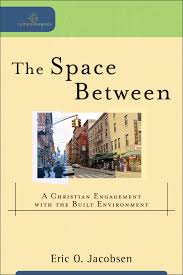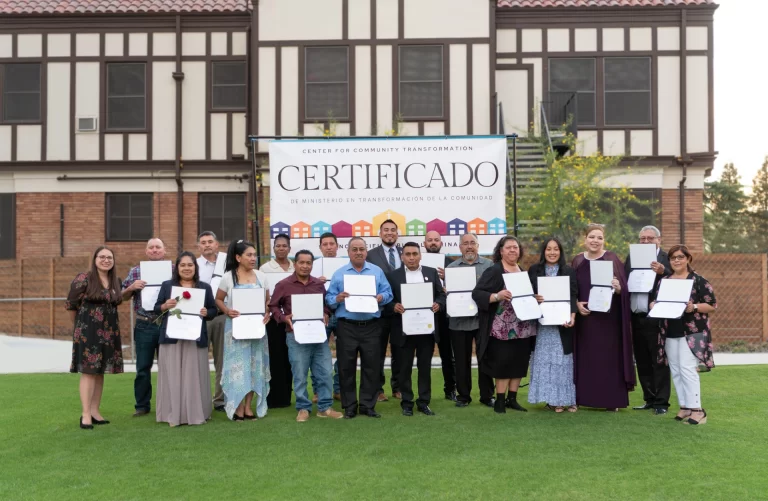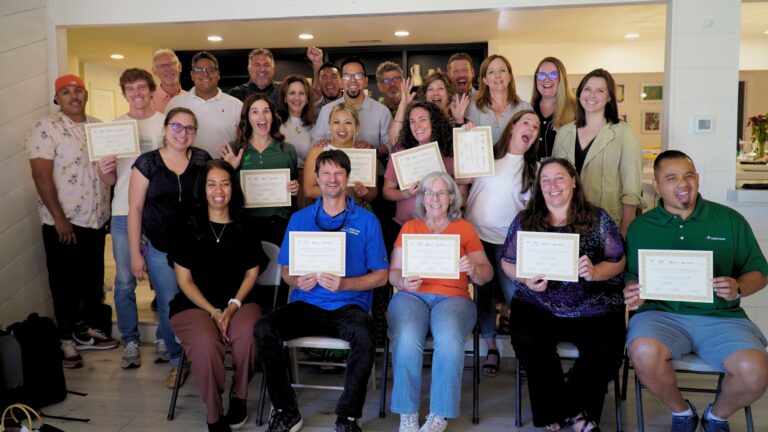
Book Review by Mike Wells
The Space Between is Eric Jacobsen second crack at engaging Christians in the fascinating and increasingly urgent conversation on suburbanism, (new) urbanism, and the built environment. His 2003, Sidewalks in the Kingdom—New Urbanism and the Christian Faith was his first, and still one of the few looks at the new urbanist movement from a faith perspective. Jacobsen, the pastor of First Presbyterian Church in Tacoma, provides readers with tools for better understanding and interacting with the built environment, specifically in light of Christian formation and ministry. In doing so, he boldly weaves themes familiar to Christian theology and practice with wonky concepts mostly limited to the realm of architecture and urban planning charettes.
The Space Between brings the now mature disciplines of creation care and urban ministry together to spark a new and critical conversation among Christians—how we must be aware of and ultimately help to shape the built environment. Have you considered how curb radius and sidewalk width impact Shalom in your parish? Eric Jacobsen has. He has also pondered how urban sprawl, and its antidote—new urbanism are topics worthy of attention in today’s Christian discourse and discipleship. Introducing Christian practitioners to Jane Jacobs’ contribution to community-driven urban planning is worth the price of the book if it inspires Christian practitioners to take up similar struggles along with residents of urban neighborhoods in their areas of ministry. I was very pleased to see that equity, and especially a discussion of gentrification as a justice issue, given a well-balanced treatment. In a very readable manner, Jacobsen offers an alternative to Tea Party talking points for the Christian reader at a very important moment in the history of the Central Valley of California.
Faith communities are beginning to influence the outcomes of land use planning in and around Fresno, and are receiving national recognition for the impact they are making. On a very personal level, my baptism into local planning efforts occurred when residents of my neighborhood decided to become the squeaky wheel at City Hall until attention was given to the blight and neglect brought about by fifty years of urban sprawl. Fresno’s new mayor and her downtown czar responded to our cry for attention by involving us in development of the Downtown Neighborhoods Community Plan. Happily, Fresno Metro Ministry was funded along with a few other faith-based advocacy organizations to engage the most impacted and least listened to residents of the neighborhoods of concentrated poverty in land use decisions which would determine the fate of their communities.
Early successes in these faith-based community organizing efforts led naturally to participating in the city-wide General Plan Update. New urbanist (aka smart growth) strategies for downtown revitalization were pit against the business-as-usual option of continued urban sprawl. The latter, which directs resources away from needy neighborhoods in order to subsidize the unsustainable trend of converting the world’s best farmland into soul numbing housing developments, was the clear favorite of the development community who has always gotten their way. As planning for future population growth determines how resources are allocated for housing, transportation and transit, each decision-making cycle has always been well-attended by professionals representing the powerful building and development industry. In a shocking turn of events documented elsewhere, the unlikely coalition of community residents, health advocates and environmental justice activists persuaded the City Council to do the right thing and to adopt a vision for equitable, sustainable growth for the next generation.
Conspicuously absent in what has been dubbed The Fresno Miracle, has been the voice of the Christian church. Land use and transportation decisions which affect the quality of life of our poorest neighborhoods have been, with few exceptions, completely off the radar of churches and church leaders who seek to serve the poor. Faith-based advocacy and organizing has remained focused on downtown neighborhood residents, and the hundreds of churches and Christian leaders throughout the city remain blissfully ignorant of this opportunity to speak out for the poor and marginalized in their city.
In order for policy makers to stay the course and not be swayed by a well-organized development industry counter attack, A Christian Engagement with the Built Environment must take place. The Space Between could spark the much needed conversation within Fresno’s Christian community.





